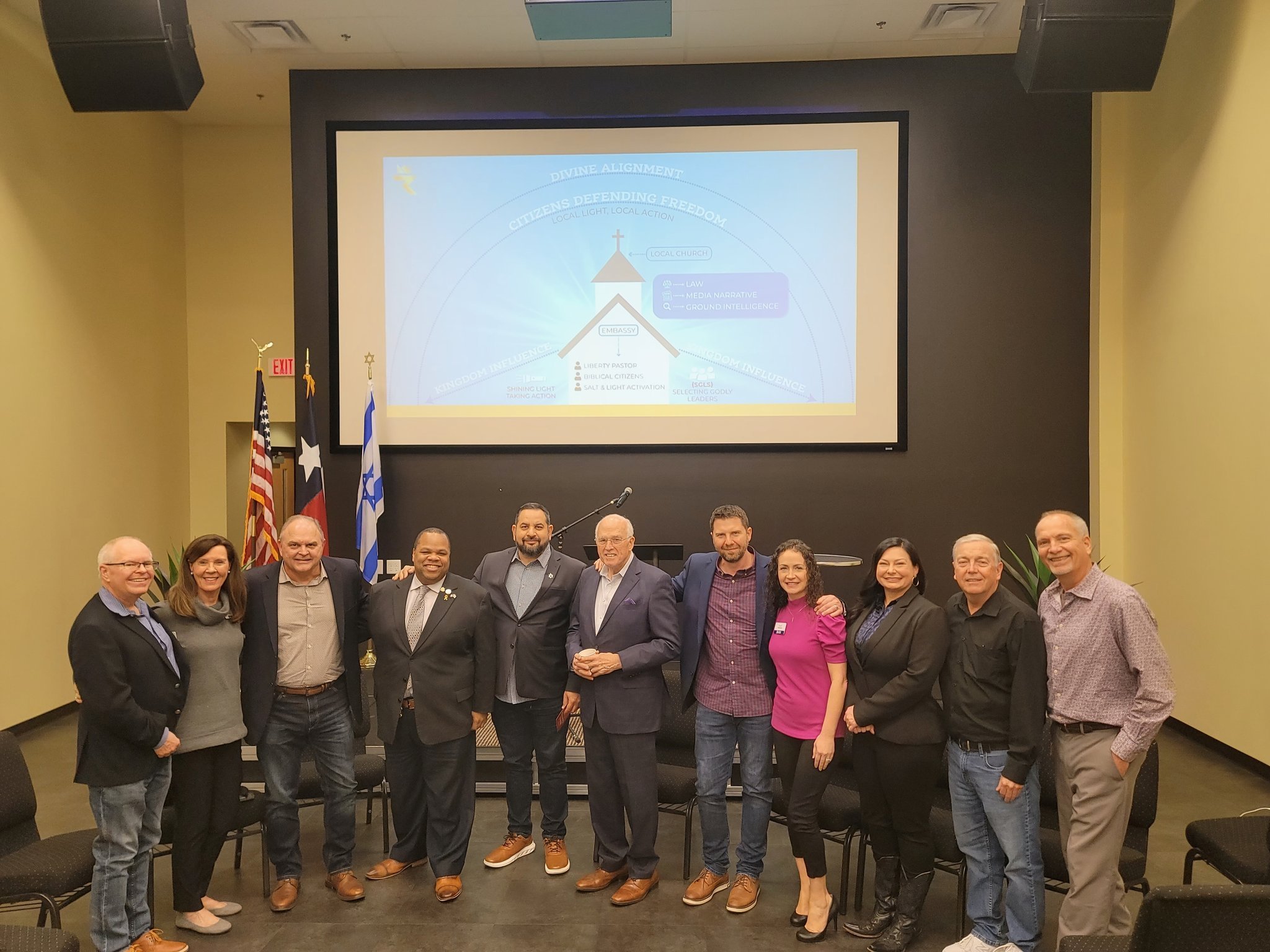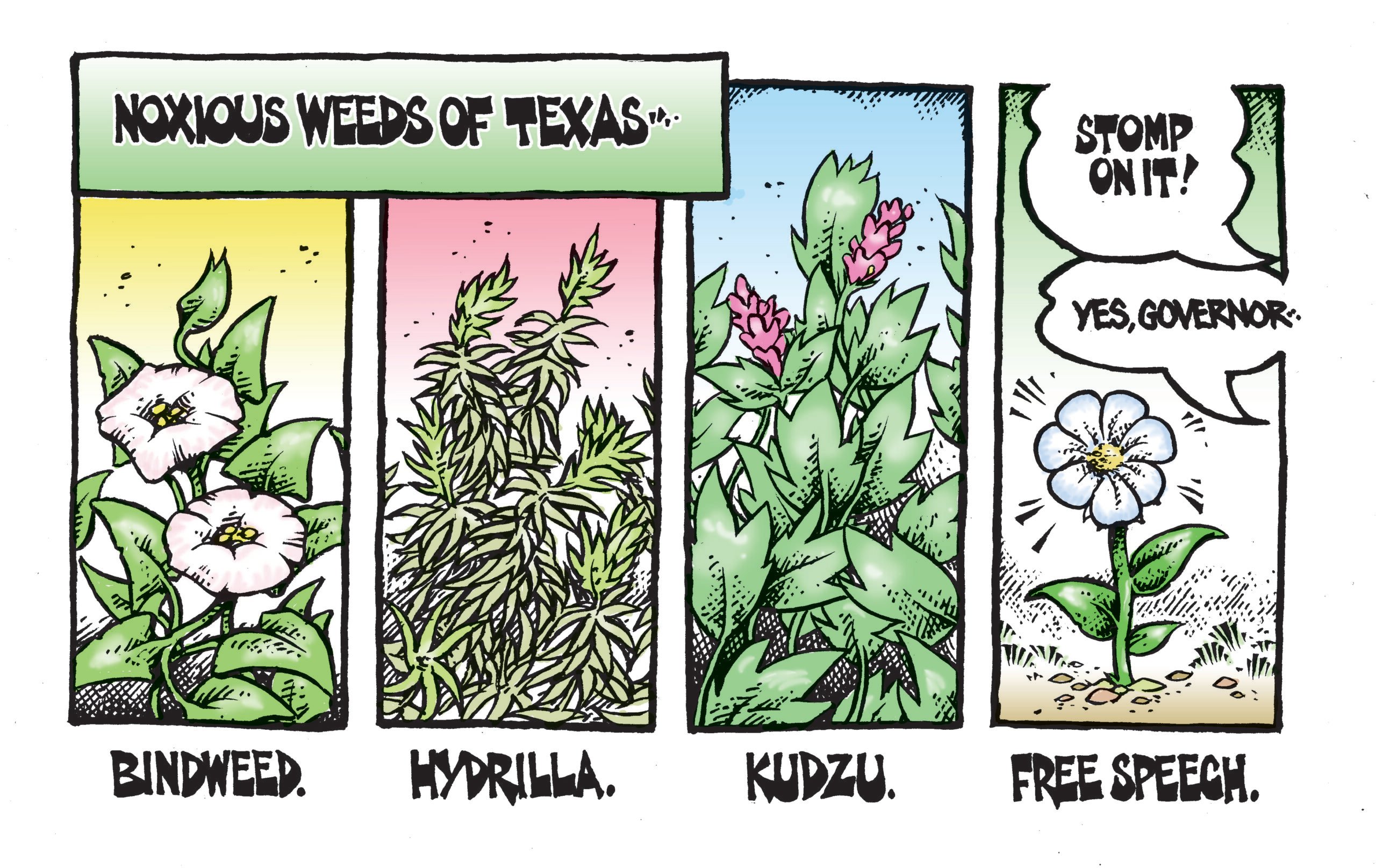A Different Kind of War
How do journalists convey just how seriously upside down things have become?

Lately, I’ve been attending a lot of journalism conferences on the “drug war” in Mexico. Border reporting is becoming war reporting (at least on the Mexican side of the border), which requires a whole other set of reporting skills, nerve synapses and courage that I scarcely possess.
How do journalists convey the deep irreparable damage this violence and corruption is creating not only in Mexico, but also here and in many other parts of Latin America? First, we should retire the term “spillover violence” when it comes to characterizing Mexico’s drug war violence lapping over onto our supposedly virgin U.S. soil. The grenade assaults and narcofosas are in Mexico, Guatemala, El Salvador and other countries further south, but the multi-billion dollar market for drugs is in the United States. And much of the weaponry comes from here. The violence is here too, albeit largely tucked away in the barrios and ghettos of America. We’ve got drive-bys, gang assaults and kids dying in the streets just like in the streets of Mexico. And we’ve got hundreds of thousands of our citizens warehoused in the world’s largest prison system.
We should jettison the term “drug war,” although admittedly, I haven’t come up with a better shorthand way of describing this catastrophic wave of violence. We’re talking about global markets for drugs, and greed with no political objective other than to “get rich or die trying” (yes, I just ripped off the rapper 50 Cent). It’s not a war. It’s a cancer that destroys countries, like Mexico, with weak political institutions, rampant poverty and a high level of impunity. The U.S.’ gluttony for drugs is metastasizing all over Latin America. Sure, drug smuggling has been going on for decades. But the levels of violence and barbarity – the killing for the sake of killing — are altogether something unprecedented and deeply disturbing.
When I attend these journalism conferences on the “drug war” (I know I used it again), I am always awed by the bravery of journalists working in the trenches in Juarez, Nuevo Laredo and other regions in Mexico. At these conferences, there is talk of the body counts, the latest gruesome narco findings and how simply to stay alive while reporting on this disaster. But I still feel something is missing. Something larger is at work, especially in Mexico: a massive social upheaval. As my friend the anthropologist and writer Cecilia Balli said during one of these recent drug war panels “This is a historical moment that is transforming Mexico permanently.” Who would have ever thought that Mexico City would be considered the safest place to live in Mexico? How can El Paso – the safest city in the United States — be right next door to Juarez, known as one of the most dangerous cities in the world? What strange new world are we living in?
So back to my original question, how do journalists convey just how seriously upside down things have become? Some of the answers might be in El Salvador. Recently, I had the fortune to hear Carlos Dada, the editor of El Faro, an online news organization based in San Salvador, speak about the impact this violence is having on his own country. Dada spoke at UT Austin as part of the “Central America: Broken Democracies?” speakers series sponsored by UT’s Lozano Long Institute of Latin American Studies. He and his fellow journalists at El Faro have done a lot of thinking about how to convey the gravity of this wave of violence coming their way. Dada likens it to “la casa fumigada” the fumigated house. As the Mexican and U.S. governments battle the drug cartels, the cartels move south, corrupting and killing as they go. “Guatemala is already gone,” says Dada. “If you want to report on how organized crime is swallowing a country in real time come to El Salvador.” In his country, the economy is in U.S. dollars – a haven for drug lords looking for a place to launder their billions. The drugs, guns and violence move in and the people pour out of El Salvador looking for safety somewhere else, often in the United States. “In El Salvador when a child turns 15 there are three choices: become a victim, become a victimizer or go to the United States.”
El Salvador is well acquainted with violence, especially during the brutal civil war in the 80s. But this violence is different, he said. “The death squads (of the 80s) pale in comparison to the level of cruelty we see now,” he said. “It’s violence for the sake of violence.
In my country the criminals don’t need to hide, the victims do. We are living in a world that is upside down,” he said.
For the United States not to include Central America as part of Plan Merida was a huge mistake, Dada said. Plan Merida is the $1.3 billion in aid the United States pledged to Mexico to help fight drug trafficking organizations.
“Central America can’t stop what’s coming. Look what’s happening to Mexico? We don’t have the money, the political institutions or the experience to fight these criminal organizations,” Dada said. “The government’s not ready, and the journalists aren’t ready. And it’s going to get really ugly.”
Dada drew a pretty terrifying and pessimistic picture of El Salvador’s future. But he also spoke about the valiant effort that El Faro is making to provide their readers context and a more in depth understanding of this new brutal enemy: organized crime. He had some hard and fast rules for reporters. “We don’t do body count stories. He also emphasized that long form journalism and narrative chronicles were the best way to put a human face on the tragedy. In their year-long series “En El Camino” El Faro did a masterful job of chronicling the nightmare that Central Americans experience migrating through Mexico into the United States. I think they’ve come closest to conveying what it’s like for millions of people living daily with impunity and fear as organized crime takes over their lives. El Faro, which is only online, also collaborated on a virtual memorial created by Mexican author Alma Guillermoprieto for the 72 migrants who were murdered by the Zetas last August in the state of Tamaulipas in Mexico. This is another way of remembering and humanizing a tragedy.
Some news organizations are thinking about this seriously in Mexico too. Marcela Turati, a writer for Proceso magazine in Mexico City, has done some very brave work. She’s written about children orphaned by the drug cartel violence in Juarez and she’s visited the ghost towns in Chihuahua and Tamaulipas to describe how entire cities could be ravaged and lost to drug gangs. She is just one example. The staff of El Diario de Juarez are also working hard to explain what’s happening to their city. In the United States, the media hasn’t done enough to put all the pieces together (I include myself in this J’Accuse). As Carlos Dada said during his talk “the drugs don’t just arrive at the U.S. border and then magically disappear like a David Copperfield trick.”
We have more in common with Mexico and Central America than we might think. Now if we could only just put those pieces together.
*Updated with a correction on Dec. 19. The 72 Migrantes memorial was created by Mexican author Alma Guillermoprieto


